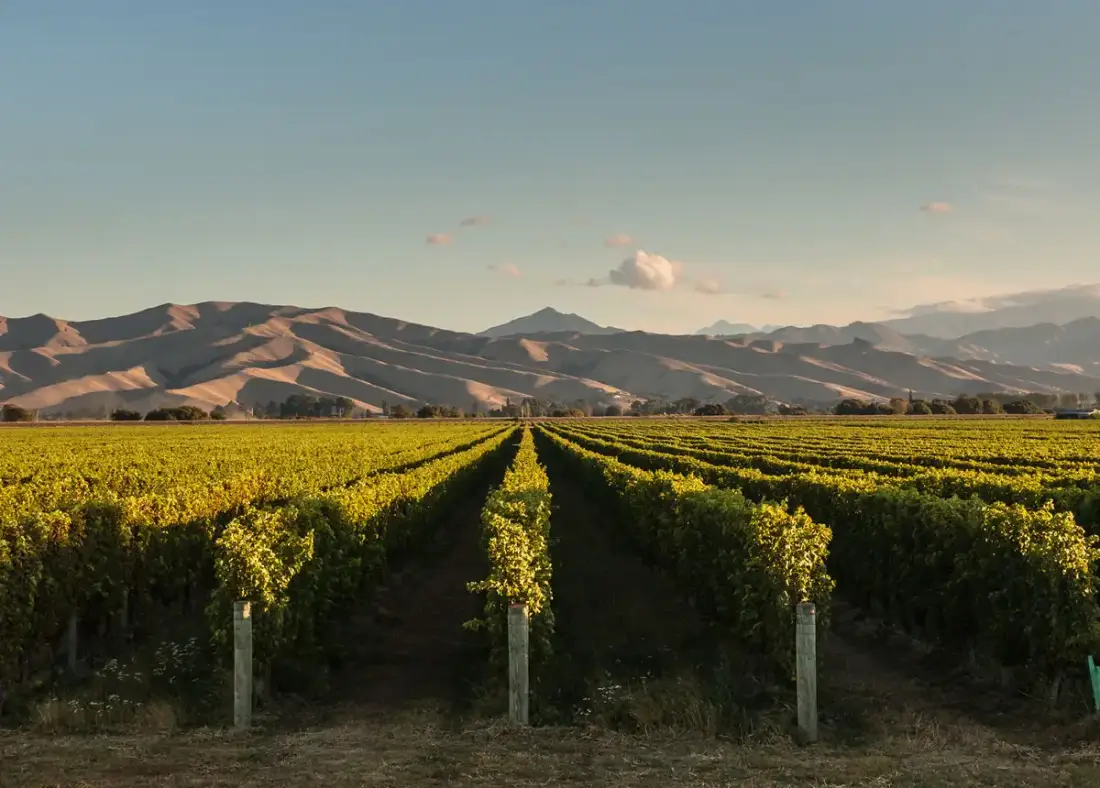Your decarbonisation journey starts here
Discover free tailored tools and resources to help your business in the wine sector save money and be more energy efficient.
Framingham Wines — energy transition plan
3 minues
Learn how Framingham Wines has partnered with EECA to develop a comprehensive energy transition plan, starting with quick wins such as switching to LED lighting and insulating their glycol pipes.
Indevin Group’s energy journey
3 minutes
Indevin Group has been a leading producer of wine since 2003 with more than 3,000 hectares of planted vineyards and wineries across three New Zealand wine regions - Marlborough, Hawke’s Bay, and Gisborne.
As the business has expanded the team has focused in on increasing energy efficiency and reducing the reliance on fossil fuels from their wineries, to further support the company’s environmental and sustainable business goals.
Tools and resources
You’re keen to start decarbonising your wine business. You know it’ll help you reduce costs, create value, and future-proof your business. But you also might be wondering where to start – don’t worry, we've got you covered.
Simply follow our 5-step pathway below to discover practical tools and resources to help you identify, measure, and lower your emissions. Work your way through them at your own pace, put the lessons into practice, and start seeing results.
5 steps to reduce your carbon footprint
The Wine Decarbonisation Pathway starts with energy efficiency. The end goal is to move away from fossil fuels, but by first taking steps to improve existing processes, equipment and operations, your transition will be more efficient and more cost effective.
The pathway has been broken down into 5 steps. Each step provides practical information for winemakers and growers, no matter how far along the decarbonisation journey you are.

Step 1: Increase engagement and awareness
Understanding your emissions impact is a crucial first step. Here you’ll find out where your emissions are coming from, the benefits of reducing them, plus learn from other businesses already on the decarbonisation journey.
Step 2: Measure emissions and set targets
The most important step in energy management and conservation is measuring and accounting for energy consumption. In this section, you’ll learn how to calculate a baseline for your energy use, so you can gauge how your vineyard or winery is performing and track progress against future improvements.
Step 3: Optimise equipment and improve processes
Reviewing and adjusting the way your equipment is performing can be a big win for energy reduction, cost reduction, and increased productivity.
Step 4: Reduce energy demand
Before switching fuels, it’s important to reduce your energy demand. That way, your need for renewables will be as low as possible. A good way to reduce energy demand is by upgrading your technology or processes.
Step 5: Switching to renewable energy
Fuel switching to renewable energy sources is the final step to decarbonising. By following steps 1-4, you'll be in the best position to make an informed decision about fuel switching, in the most cost-effective way.
Case studies
-
Targeted spraying with drone technology
How Felton Road Wines is redefining its vineyard management.
- Case study
- Innovation
- Solar energy
-
Fighting frost with electric fans
A cost and emissions saving opportunity for New Zealand growers.
- Case study
- Electricity
- Innovation
-
From vine to green
How Wakatu Incorporation is planning for now and for the next 500 years.
- Case study
Wayfinder
-
Stay up to date as we release new resources
-
Find other support opportunities
-
Browse sector pathways

